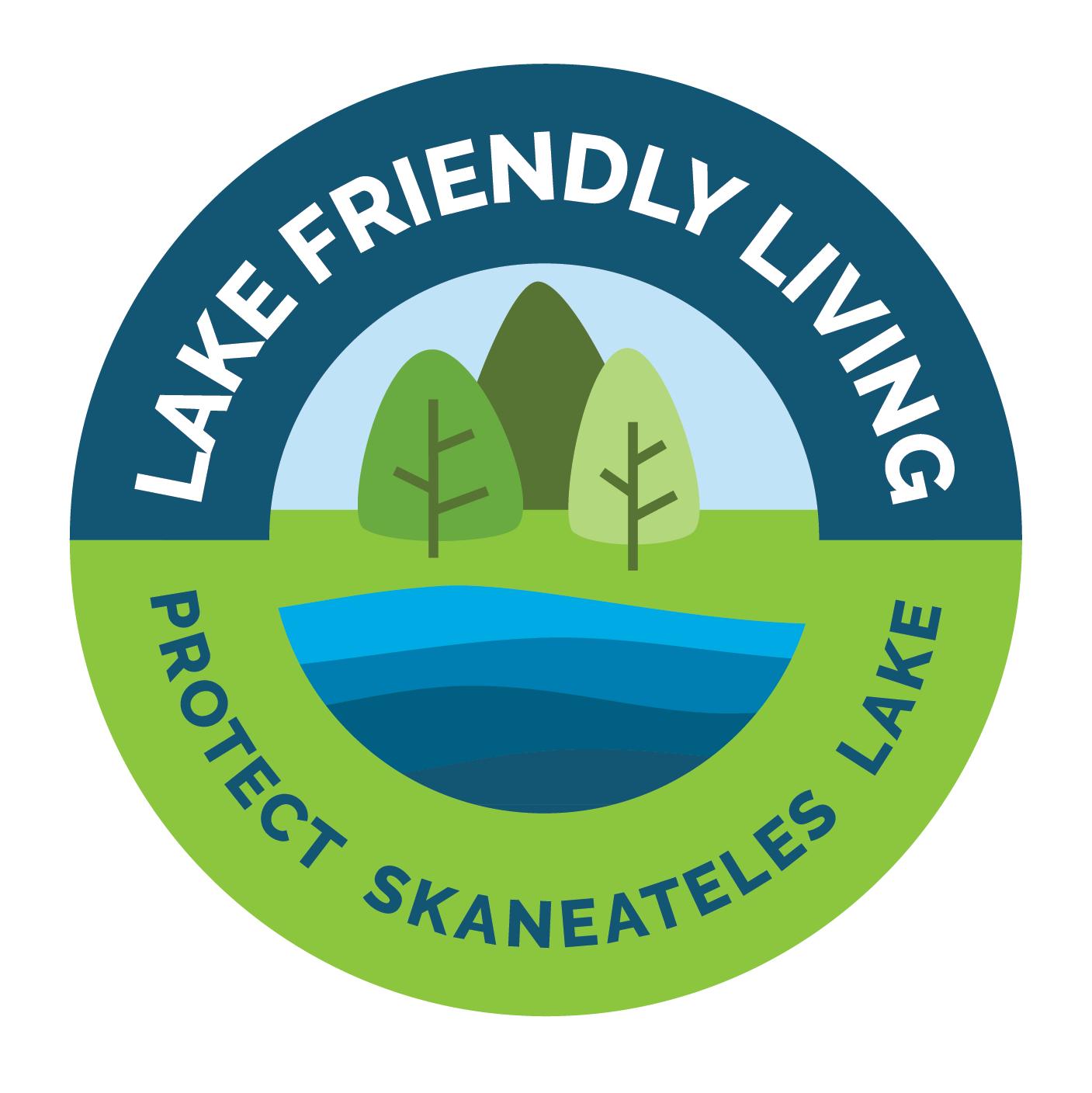ALERT: Harmful Algal Blooms (HABs) have been observed in the south eastern end of the lake. LEARN MORE
ALERT: Harmful Algal Blooms (HABs) have been observed in the south eastern end of the lake. LEARN MORE

Septic systems are the most common water treatment method across the watershed. When properly designed, used, and maintained, they work well. But system failures can affect the lake, your water supply, your health, and your checking account.
Septic technologies continue to improve. New designs, sometimes called enhanced or innovative/alternative (IA) systems, operate more efficiently and reduce the flow of nitrogen into groundwater. Because nitrogen is a key nutrient fueling harmful algal blooms, IA designs offer a key benefit for the lake.
Grants and subsidies are often available for homeowners upgrading to enhanced systems. Go to efc.ny.gov/septic-replacement for more information.
Monitor it: Extremely lush grass or standing water above your system may indicate a system failure.
Maintain it: Have your system inspected and pumped by a licensed professional every two to five years. Tanks typically have a lifespan of 20-40 years.
Protect it: Never drive or park over the tank or leach field. Only plant turf grass above the leach field.
Lighten the burden: Take short showers instead of baths, fix drips around the house, and install low-flow fixtures.
Know your limits: Limit home occupancy to what the septic is designed to handle.
Divert food waste: Avoid using a garbage disposal when possible. Compost instead.
Avoid additives: Do not use septic system additives. Though advertised as helpful, they can actually cause leach pipe clogs.


